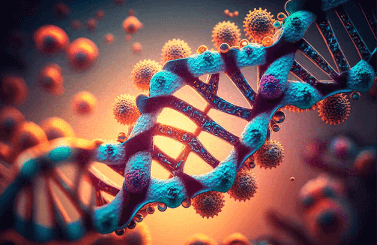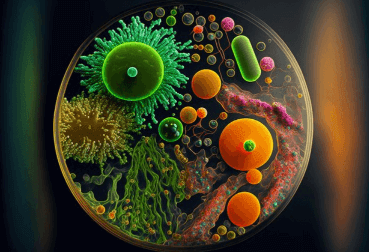Question
a.
Internal salt link
b.
Extra internal hydrophobic residues
c.
Suitable exterior substitutions
d.
Primary structure of putative enzyme is proposed with an asparagine residue replacing the serine present in the native enzyme
Posted under Enzyme Technology
Interact with the Community - Share Your Thoughts
Uncertain About the Answer? Seek Clarification Here.
Understand the Explanation? Include it Here.
Q. Which of the following techniques may not be used to produce thermophilic enzymes?
Similar Questions
Explore Relevant Multiple Choice Questions (MCQs)
Q. Synthetic polymers or oligomers with enzyme-like activities possess two structural entities, a substrate-binding site and a catalytically effective site are referred to as ___________
View solution
Q. Which of the following is not true for synzymes?
View solution
Q. Derivative of myoglobin acts as an effective natural ascorbate oxidase.
View solution
Q. Which of the following do not show synzymic properties?
View solution
Q. Cyclodextrins are synthesized from starch using __________
View solution
Q. β-cyclodextrins was not as active as natural transaminases.
View solution
Q. Which of the following synzyme has 27% of the activity of a-chymotrypsin against 4-nitrophenyl esters?
View solution
Q. Which of the following is not a strategy to produce synzymes?
View solution
Q. Coenzyme may be immobilised together with the enzyme and regenerated in situ.
View solution
Q. Which of the following is not a coenzyme?
View solution
Q. Which of the following is not true for coenzymes?
View solution
Q. Which of the following coenzyme is not derivatized by alkylation of the exocyclic N6-amino nitrogen of the adenine present in it?
View solution
Q. Which of the following are high molecular weight water-soluble derivatives which are used for derivatization of co-enzymes?
View solution
Q. Which of the following system is not used to derivatize coenzymes?
View solution
Q. Which of the following is an example of regeneration of the derivatized coenzymes by enzymic means?
View solution
Q. What is represented in the following diagram?
View solution
Q. What is represented in the following diagram?
View solution
Q. What is represented in the following diagram?
View solution
Recommended Subjects
Are you eager to expand your knowledge beyond Enzyme Technology? We've handpicked a range of related categories that you might find intriguing.
Click on the categories below to discover a wealth of MCQs and enrich your understanding of various subjects. Happy exploring!








